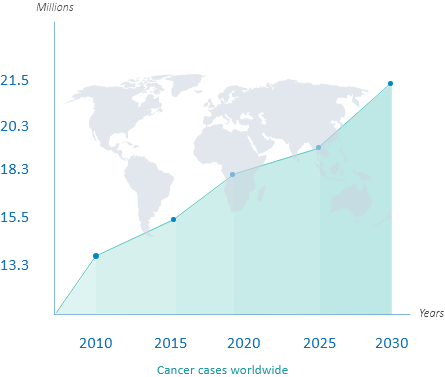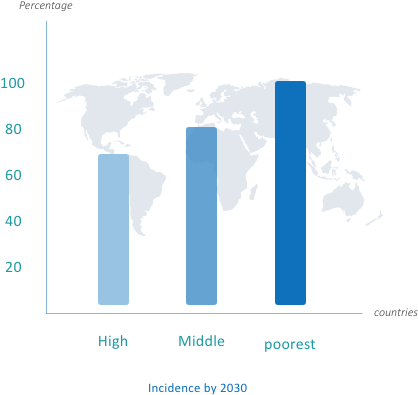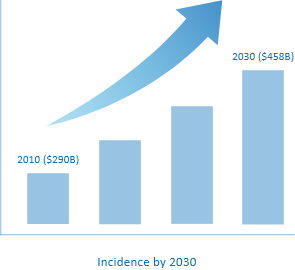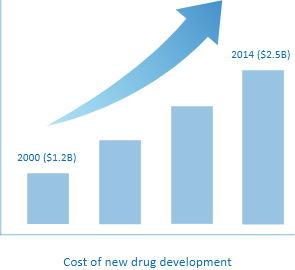WHY CANCER?
Cancer is debilitating with limited choices
Over the past few decades, monumental strides have been made in the diagnosis and treatment of common diseases however, cancer still represents an ominous diagnosis associated with life changing disruption, suffering and uncertain future. Although prolonged periods of remission can be achieved for certain cancers recurrence and follow on more aggressive cancers cannot be ruled out. For a large proportion of cancer patients, there is still no form of effective therapy and patients continue to be overwhelmed by the short term and long-term side effects of chemotherapy and radiation therapy.

Advanced solutions are unaffordable and inaccessible
The advent of genomic medicine, advances in nanotechnology and immunology have contributed to the era of targeted medicine, which offer better safety profiles. However, these medications are extremely expensive and are further burdening economically strained healthcare systems. The exorbitant cost to the payer makes these inaccessible to many developed nations and in developing nations, including India, novel therapies are largely unavailable.
This scenario presents a tremendous quagmire of affordability, availability and access all of which require imminent attention. The challenges are daunting but not unsurmountable. How can we overcome these deficiencies and make those medications available for the vast majority for a reasonable price?
Challenges For Collaboration
- Increased pace of discovery and development requires effective interaction
- Global cultural and regulatory environments remain complex
- Increased diversity and niche expertise of stakeholders requires breaking down silos
- Signal to noise ratio of meaningful collaborative interactions is very low
Global Issues
The Rising Burden of Cancer – An Opportunity to Redefine Life Sciences Innovation
New cancer cases worldwide
- 13.3 m in 2010
- 21.5 m in 2030 (projected)

Estimated rise in incidence by 2030
- High-income countries: 65 %
- Middle-income countries: 80%
- World’s poorest countries: 100%

Projected increase in cancer related economic burden
2010: $290B 2030: $458B (projected)

Increase in cost of new drug development
2000: $1.2B 2014: $2.5B

The average cost of newer precision cancer therapies: $7000/month
The majority are not available or affordable for Indians
cancer, cancer research, discover, cure, clinical
